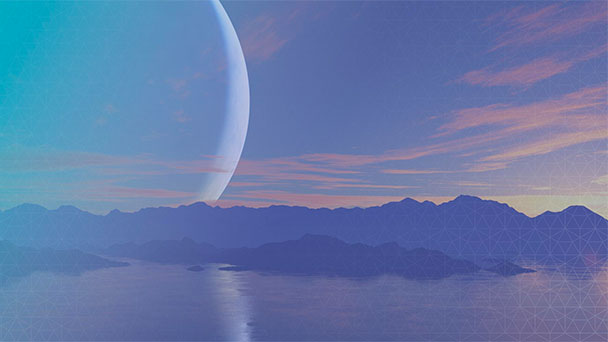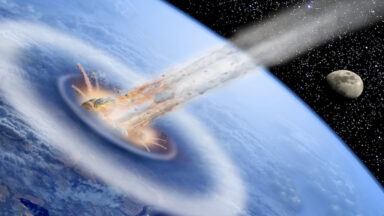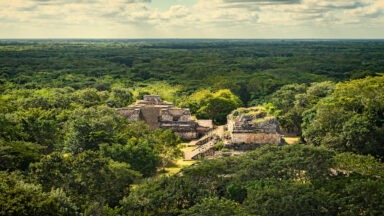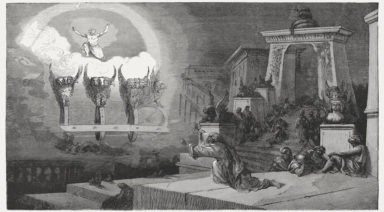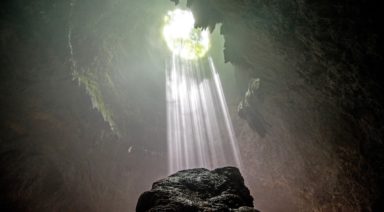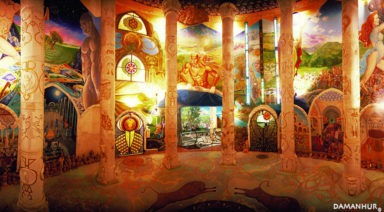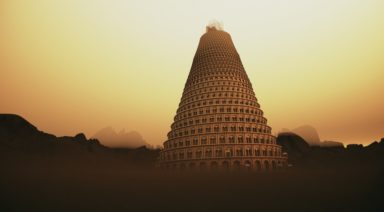Who Were the Ancient Race of Red Haired Giants?

Legends of giants exist around the world and some say they have even found evidence, but mainstream science dismisses giants as a hoax. Is it time for a fresh look at ancient giants?
Giants have been dismissed by science and archeology as a myth but are embraced by many cultures around the world. Globally, there are even structures that would fit the giant narrative, but perhaps most importantly, oral histories, folklore, and even scripture mention giants.
Jack Cary, researcher and author of “Paranormal Planet” has studied this phenomenon for years.
“Indigenous people throughout the entire planet have these oral histories of red-haired giants. And there are a lot of indications and clues as to who the giants were and where they originated,” Cary said.
“One of the most important is Genesis 6:4 in which it describes that the Nephilim were on Earth, they had children by human women, these children were giants…”
Watch more:
New Evidence Ties Younger Dryas Impact With Gobekli Tepe

What could have triggered a sudden ice age 13,000 years ago, causing massive global destruction and dramatic cultural change? A new survey of decades of compelling scientific evidence strongly indicates that it came from the sky and gave rise to the very origins of civilization.
The Younger Dryas is the name given to a geological period that took place between 12,800 and 11,500 years ago. Marked by a suddenly occurring mini-ice age, this time was one of environmental catastrophe, worldwide animal extinctions, and major changes in human culture and population. While researchers have, for decades, been debating various explanations for these cataclysmic events, one controversial hypothesis now appears to be supported by evidence.
Dr. Martin Sweatman is a scientist at the University of Edinburgh who recently completed a thorough survey of this Younger Dryas Impact Hypothesis.
“There is now this impact hypothesis, which was developed and first stated in 2007, and it suggested that this geological period—this mini-ice age that lasted for 1,300 years—was triggered by a cosmic impact with fragments of a comet,” he said.
“And so since then, since 2007, there’s been a lot of research published, some for and some against this idea.”

